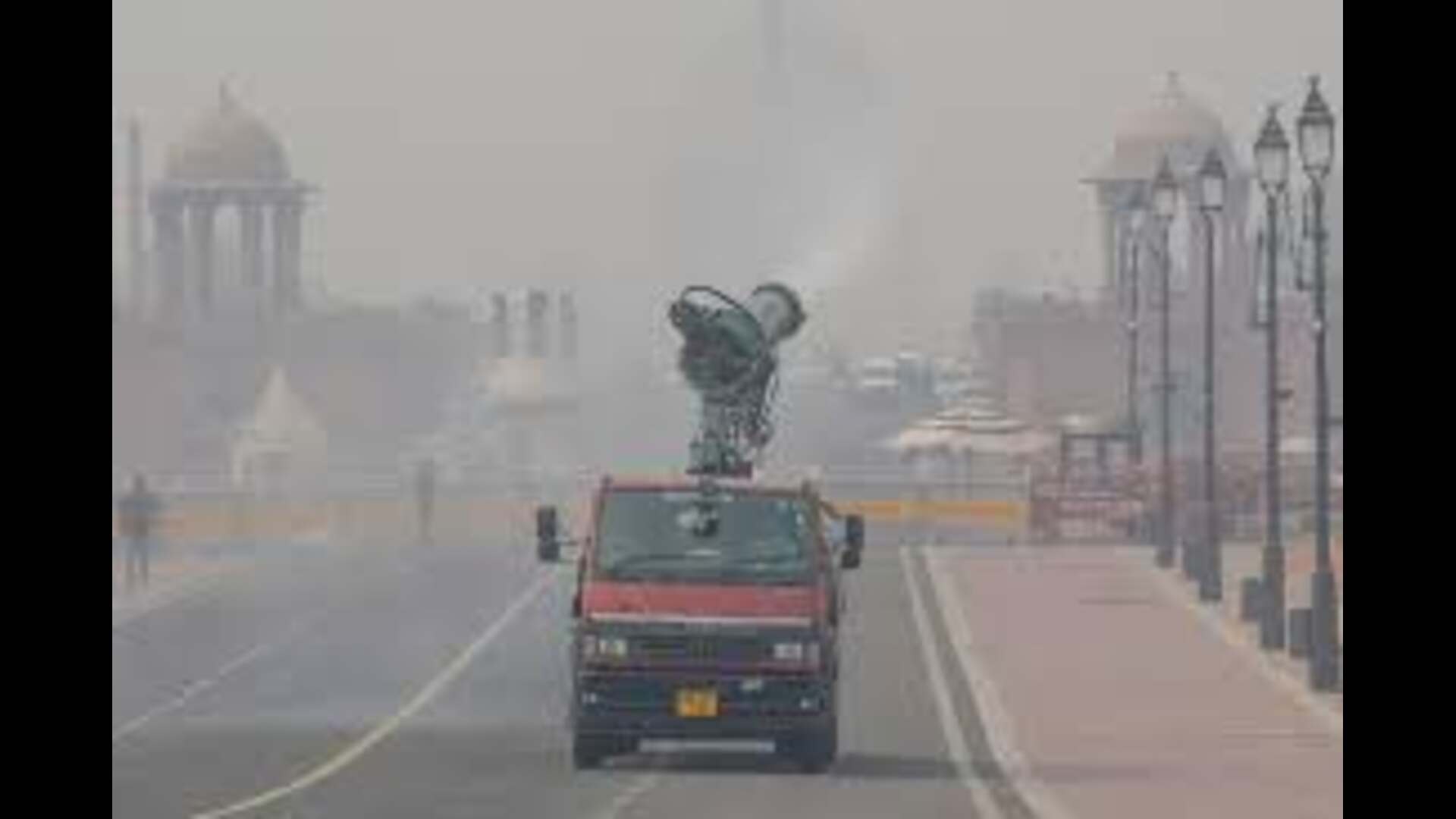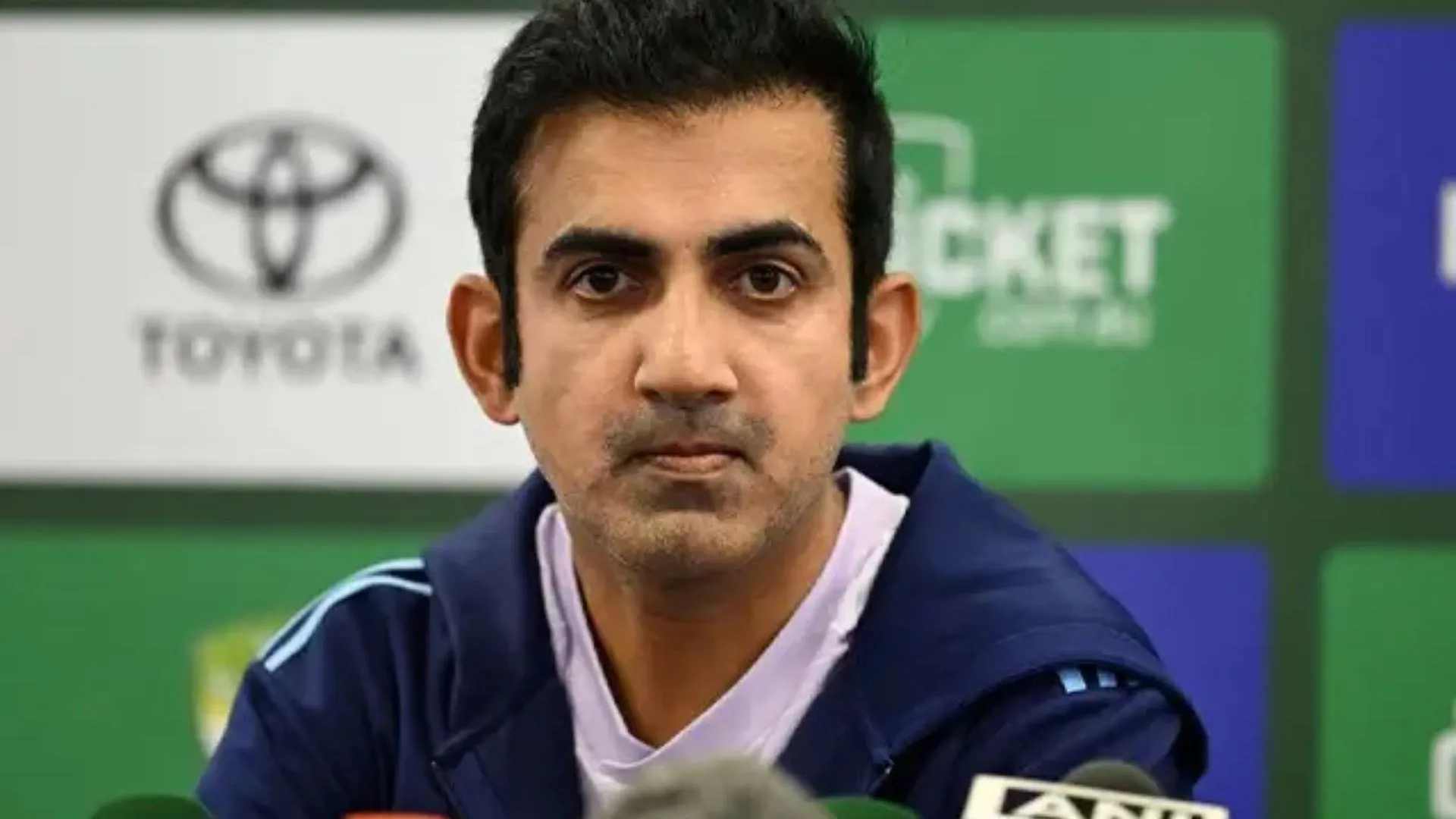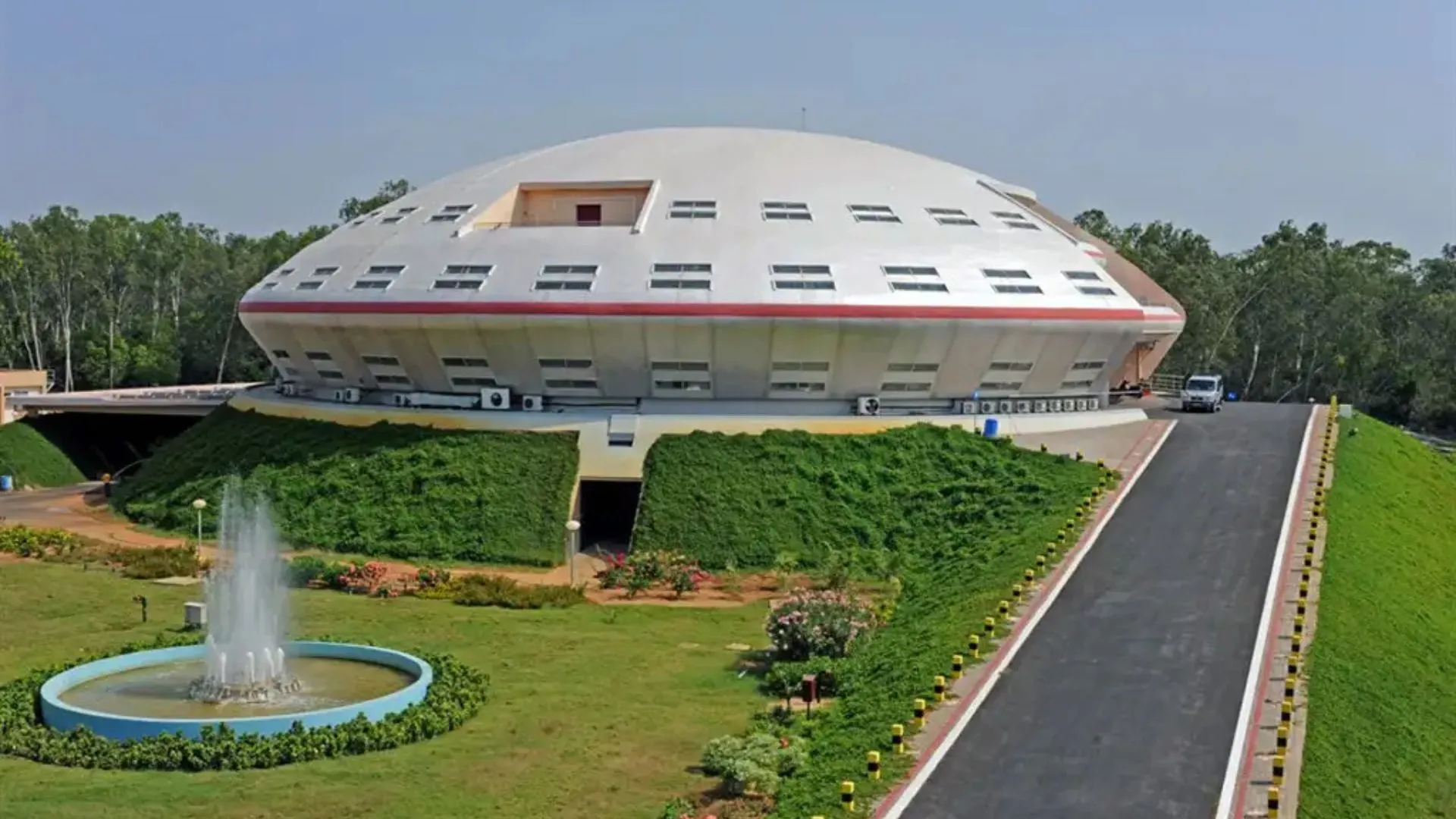The air quality in the national capital improved slightly on Thursday, dropping from the ‘severe’ category to ‘very poor,’ with the AQI recorded at 304, according to the Central Pollution Control Board (CPCB).
Several residents complained of irritation in the eyes and difficulties in breathing amid the rising pollution levels.
According to the CPCB data, the AQI measured at DTU as of 7 am was 261, Pusa at 281, ITO at 284, Lodhi Road at 250, and IGI Airport (T3) at 301, which are in the ‘poor’ category.
However, several places in Delhi recorded the air quality as ‘severe’ with AQI in Dwarka Sec 8 at 332, Jahangirpuri at 354, Sonia Vihar at 315, Wazirpur at 330, Ashok Vihar at 318, and Bawana at 341 as of 8 am today.
Chittaranjan Tripathi, a Delhi resident, attributed the main reason for the rising pollution levels to the increased number of vehicles running even after government restrictions.
“The main reason for this is the vehicles. Everyone opts for a car or bike even for two kilometres because nobody wants go by foot. Elderly people and children are the most affected. They are facing difficulties in breathing and irritation in the eyes. Everyone now is wearing masks when they go out,” he said.
Speaking to ANI, Chandra Bhardwaj, out on a morning walk, said, “Pollution has increased drastically here. Earlier, so many people used to come for morning walks; children also used to come. But now you see there is no one. Because of pollution, it is difficult to breathe. My eyes are burning too. This is not the first time; the pollution issue has been there for some years now, but the government is not doing anything.”
“The problems are faced by everyone, poor or rich; everyone is troubled. To eliminate this completely, the government has to take concrete steps; any temporary ban or restriction are not sustainable. Even though there is a ban on vehicles, vehicles are still running,” she added.
Vijay Kumar, another resident in the area, said, “Air is poisoned in a way that now children are not able to go to school. There is a feeling pf burning sensation in the eyes. There is a big problem. Understand that it is a matter of big problems.”
Ayush Bharadwaj, a student who hails from Chhattisgarh said, “I have come here to study from a very far. There is a lot of difference between the temperature there and here. It is difficult to survive. The place I come from is very green. Here because of the pollution, it is difficult to breathe”
Kanishka, a student in Delhi hailing from Rajasthan, said, ” My eyes are hurting because of the pollution; even my throat is itching and it is difficult to breathe.”
Layer of smog enveloped most areas of the national capital on Thursday morning with air quality in the ‘very poor’ category. Visuals from Delhi’s Barapulla, Akshardham and Patparganj showed thick layer of smog covering the whole area.
Drone visuals captured frothy layer of toxic foam in River Yamuna in the Kalindi Kunj area, as the pollution level in the river continues to remain high. The toxic foam has continued to persist on the surface of the Yamuna River for the past several days.
Amidst the rising pollution levels in Delhi, the government has instructed the administration to use truck-mount water sprinklers to mitigate the effects of air pollution.
An AQI between 0-50 is considered good, 51-100 is satisfactory, 101-200 is moderate, 201-300 is poor, 301-400 is very poor and 401-500 is severe.
Earlier, the Supreme Court directed the Delhi government and Police to immediately set up checkpoints on all 113 entry points to Delhi to check the entry of trucks in the national capital. It appointed 13 members of the Bar as court commissioners to visit the entry points to Delhi and verify whether entry of trucks is being stopped.
The apex court also expressed dissatisfaction with the compliance of GRAP IV measures saying despite orders passed by the apex court and CAQM, there is a failure on the part of the Delhi government and Police to comply with clauses under GRAP stage IV.
As per the Graded Response Action Plan (GRAP)-IV restrictions imposed by the Commission for Air Quality Management (CAQM), the entry of trucks is prohibited in Delhi and public construction projects have been halted until further notice. Stage-IV of the GRAP was activated in the national capital keeping in view the rising level of pollution.

















